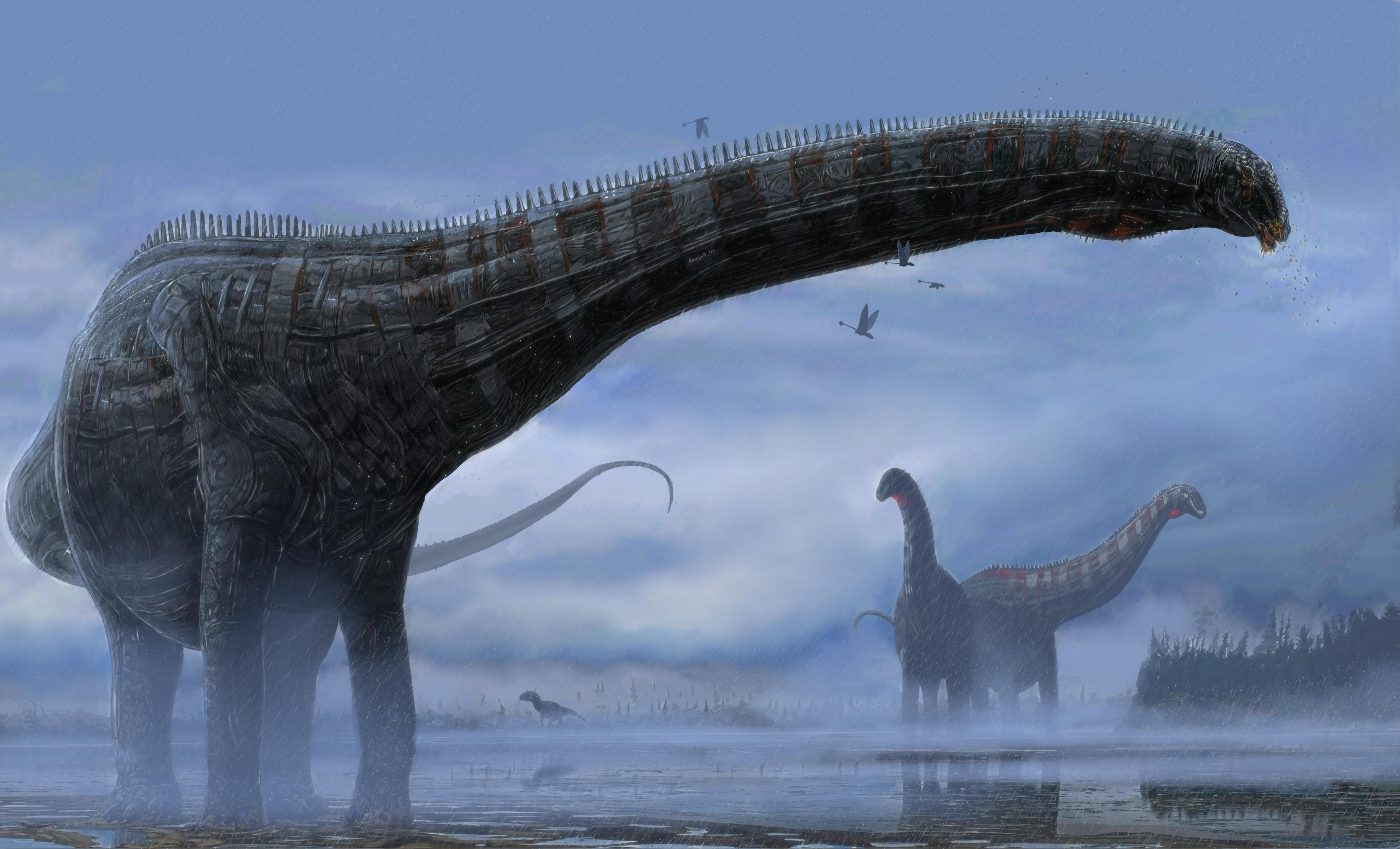Media release
From:
The fossilised remains of a young diplodocid – a large, long-necked herbivorous sauropod – may provide the first evidence of a respiratory infection in a dinosaur, according to a study published in Scientific Reports. The findings increase our understanding of the illnesses that affected dinosaurs.
The specimen, known as MOR 7029, was discovered in 1990 in southwest Montana, USA and dates back to the Late Jurassic Period (approximately 150 million years ago). Cary Woodruff and colleagues examined three of the bones from MOR 7029’s neck and identified bony protrusions that had an unusual and irregular shape and texture. These protrusions were located in an area of each bone where they would have been attached to air-filled structures, known as air sacs. These air sacs would have connected to MOR 7029’s lungs and formed part of the dinosaur’s respiratory system. CT imaging of the irregular protrusions revealed that they were made of abnormal bone that most likely formed in response to an infection.
Based on the location of the abnormal bony protrusions, the researchers suggest that they formed in response to an infection in MOR 7029’s air sacs, which then spread into its neck bones. The authors speculate that this could have been caused by a fungal infection similar to aspergillosis, a common respiratory illness that affects birds and reptiles and can lead to bone infections. They suggest that if MOR 7029 had been infected with aspergillosis, it may have experienced flu or pneumonia-like symptoms such as weight loss, coughing, fever and breathing difficulties. As aspergillosis can be fatal in birds if untreated, MOR 7029 could have ultimately died as a result of this infection, they add.
Multimedia






 International
International



